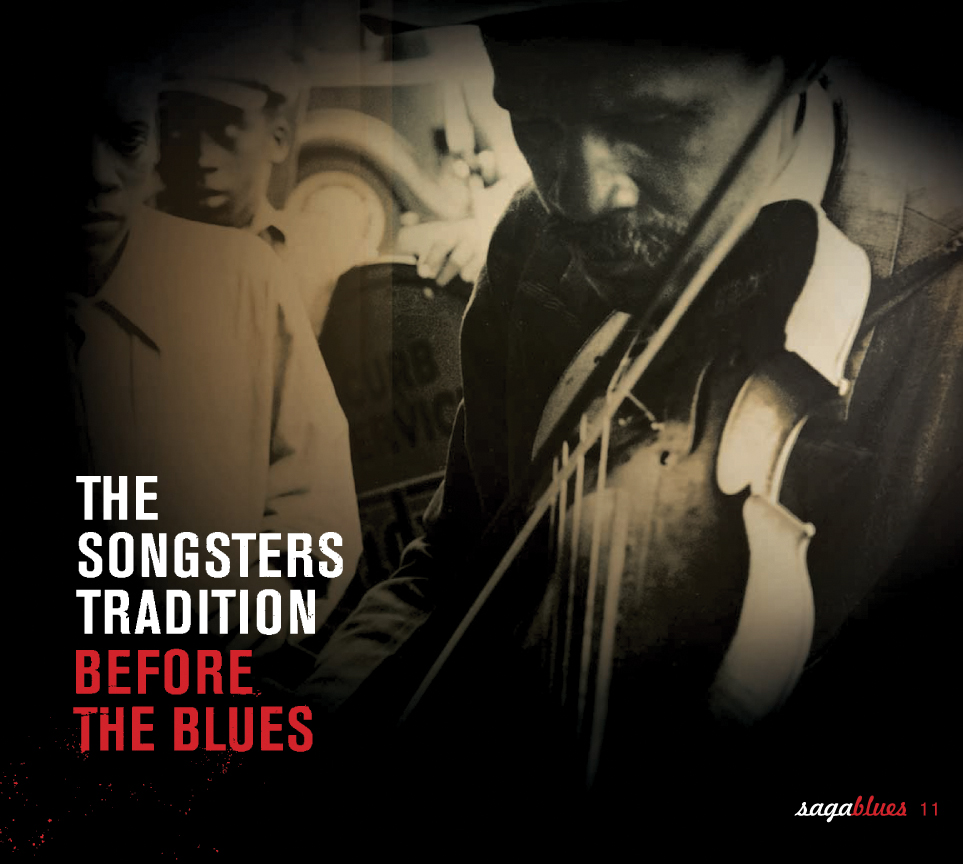
11 The Songsters Tradition – Before the Blues
Part I – Traveling Troubadours
Part II – Vaudeville and Medicine Show Influences
In the 20th century, along with gospels, the songster tradition (and those who hawked the songs around) probably represented the source of most of the music that came from the South. These itinerant singers and musicians refined existing folk songs, invented new ones, and gave comment on topical events of the day, from the gory news in brief to catastrophes like the sinking of the Titanic. It was these Black songsters who, in answer to the demands of their audience crushed by segregation, would gradually relate their stories in the first person singular, thereby creating a new form of folk song: the blues.
Selection: Gérard Herzhaft
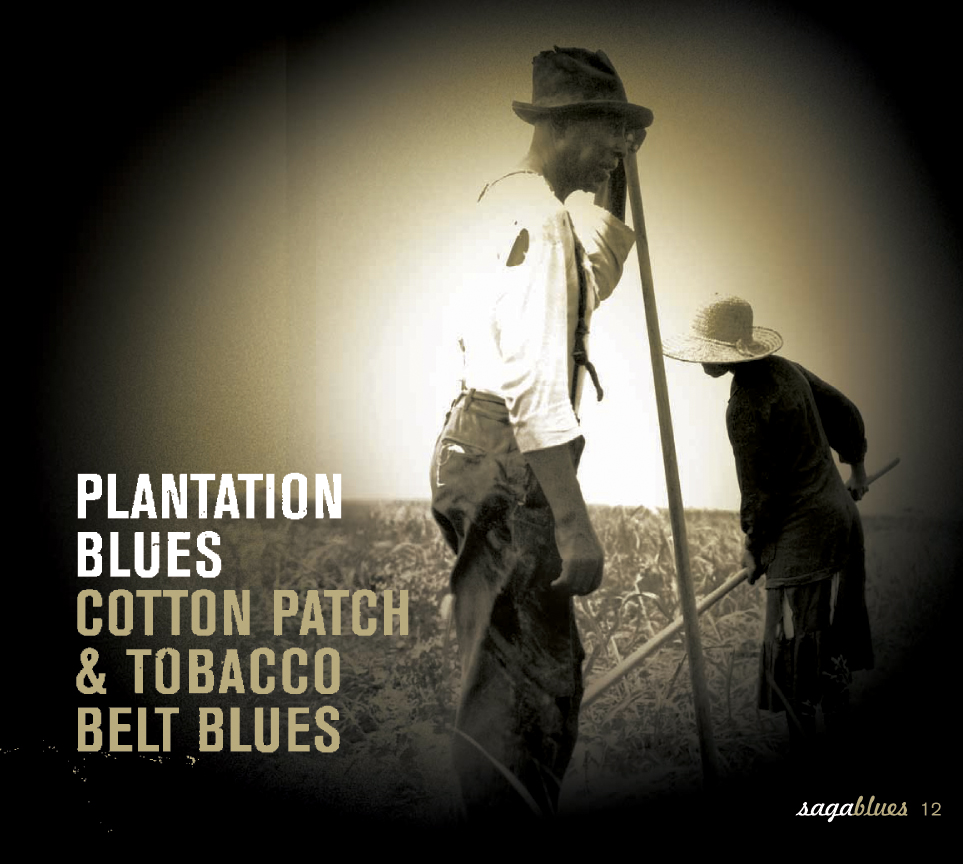
12 Plantation Blues – Cotton Patch & Tobacco Belt Blues
Part I – Cotton Patch Blues
Part II – Tobacco Road
The plantations of the South were a crucible for “Southern culture”, and the blues was one of its best-known musical forms. But if the blues of the vast cotton-fields in the Deep South was the raw, bitter, tormented and piercing cry of a Black tenant-farmer, the blues of the Tobacco Belt in the Old South, deeply influenced by ragtime, was light, dancing, cheerful and highly virtuosic. These two great styles demonstrate the great diversity of the origins of the blues.
Selection: Gérard Herzhaft
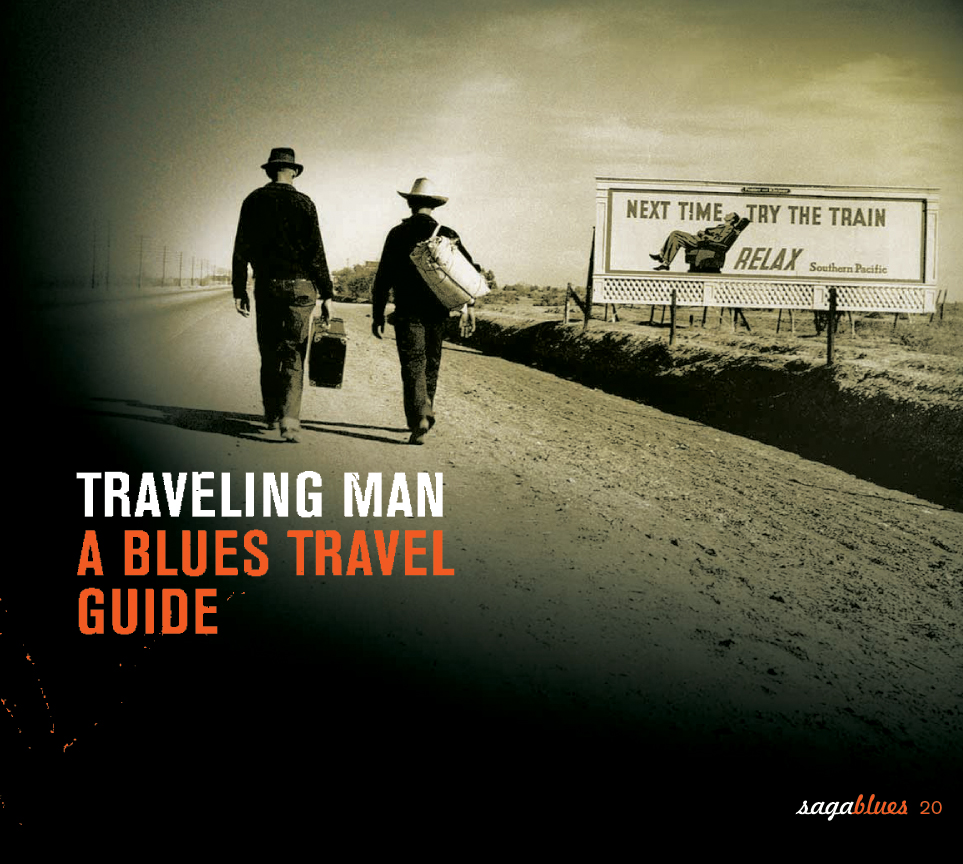
13 Traveling Man – A Blues Travel Guide
Part I – Jackson-Chicago / Part II – Memphis-Detroit
Part III – Birmingham-New York / Part IV – New Orleans-San Francisco
Bluesmen were perpetual travelers: they moved up rivers, traveled many roads and stole rides on railroad wagons to follow the natural migratory paths that uprooted them from the Deep South and led them to regions they thought were more hospitable. So we follow in their footsteps, crossing The United States from South to North, East to West; we accompany them on four long journeys actually made by these men who revealed and spread the blues in cities that have remained legends: Memphis, St. Louis, Kansas City, Chicago, Atlanta, New Orleans, Houston and San Francisco.
Selection: Jean Buzelin
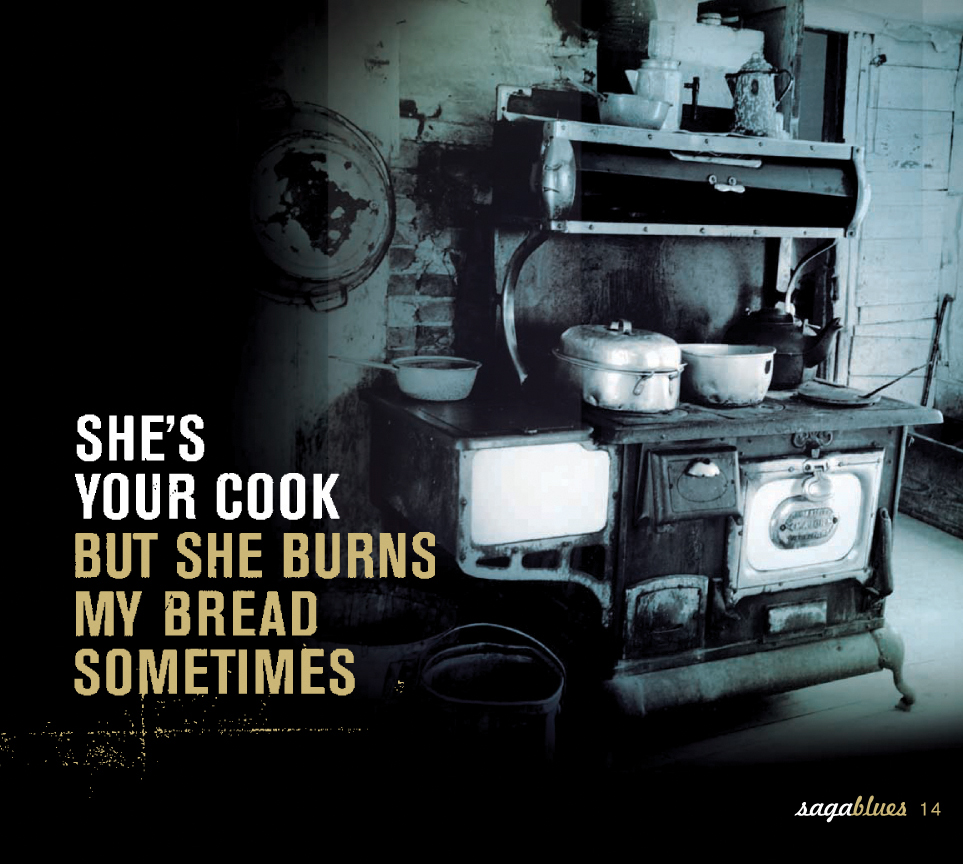
14 She’s Your Cook… But She Burns My Bread Sometimes
Part I – Lemon Squeezers…
Part II – …Grinders and Other Sex Metaphors
So what are they talking about, these blues singers invited along to share the cake? Or whatever else was on the table: cornbread, milk, butter or cream, cabbage or sweet potato, meat, hot-dogs and barbecue… not to mention all the other sweet and sour, sugar and spice dishes we imagine to be just as exquisite. And how about Bo Carter, Big Bill Broonzy, Memphis Minnie or Lil Johnson — the master-cooks and mistresses of the house convened to this feast — did they bring us into the kitchen for just a good meal? Probably not; it depends on how you interpret the pleasures of the flesh, and whether it’s cooked or not.
Selection: Jean-Paul Levet
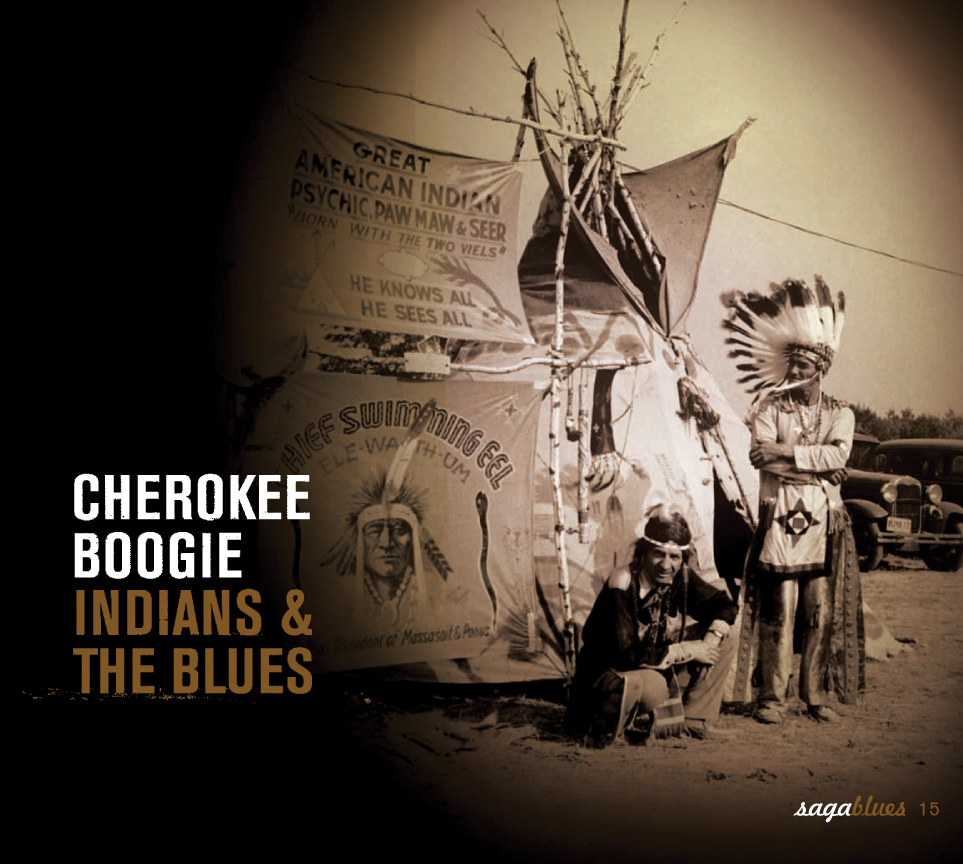
15 Cherokee Boogie – Indians & the Blues
Part I – The Indian Heritage
Part II – Talking about Indians
Indians and Blacks had particularly tragic destinies: genocide, and later ethnocide, for the former; slavery and then segregation for the latter. They cohabited for some three centuries, with fugitive slaves often given shelter by Indian tribes. Crossbreeds were common: Champion Jack Dupree, Lowell Fulson, Big Joe Williams, T-Bone Walker and many others had Indian forebears, generally Cherokee or Choctaw. And the blues refers to Indians, too: going back to one’s “territories” — those immense reservations to which the tribes of the East were deported – is a recurring theme; and returning to a reservation generally meant fleeing the White Man’s world with its exploitation, humiliations and fear.
Selection: Jean-Paul Levet
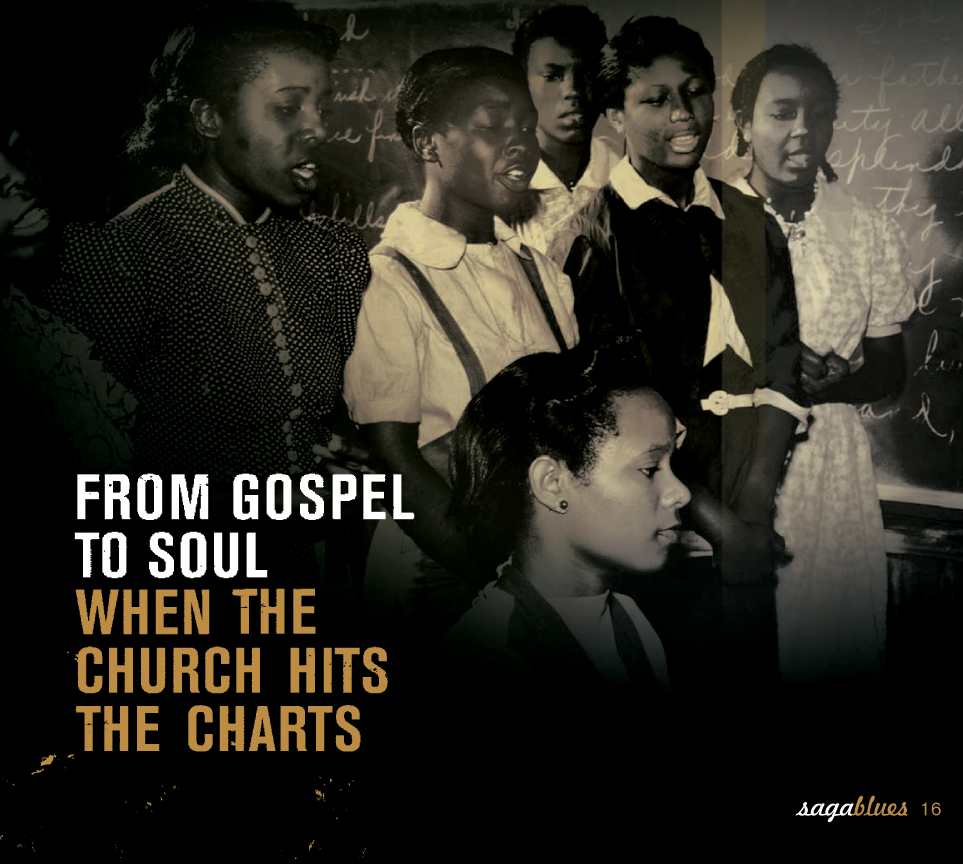
16 From Gospel to Soul – When the Church Hits the Charts
Part I – In the Name of the Lord
Part II – Sanctified Soul
Take the Black man (the musician): on the one hand, his cradle’s been rocked since birth by poignant and often torrid songs belted out in churches; on the other hand, he’s been tortured every morning by the blues. It’s not surprising he doesn’t know which Saint to turn to. Why not try and bring together the essence of each expression, the collective and the religious, the personal and the profane, which he felt so deeply inside? There were many singers who came out of church choirs to go up onstage… often returning where they came from. Accompanying Sam Cooke and Ray Charles, the two inventors of the genre, were some magnificent voices that managed to make a success of this solid fusion which, after gospel and the blues, would soon have the name soul music.
Selection: Jean Buzelin
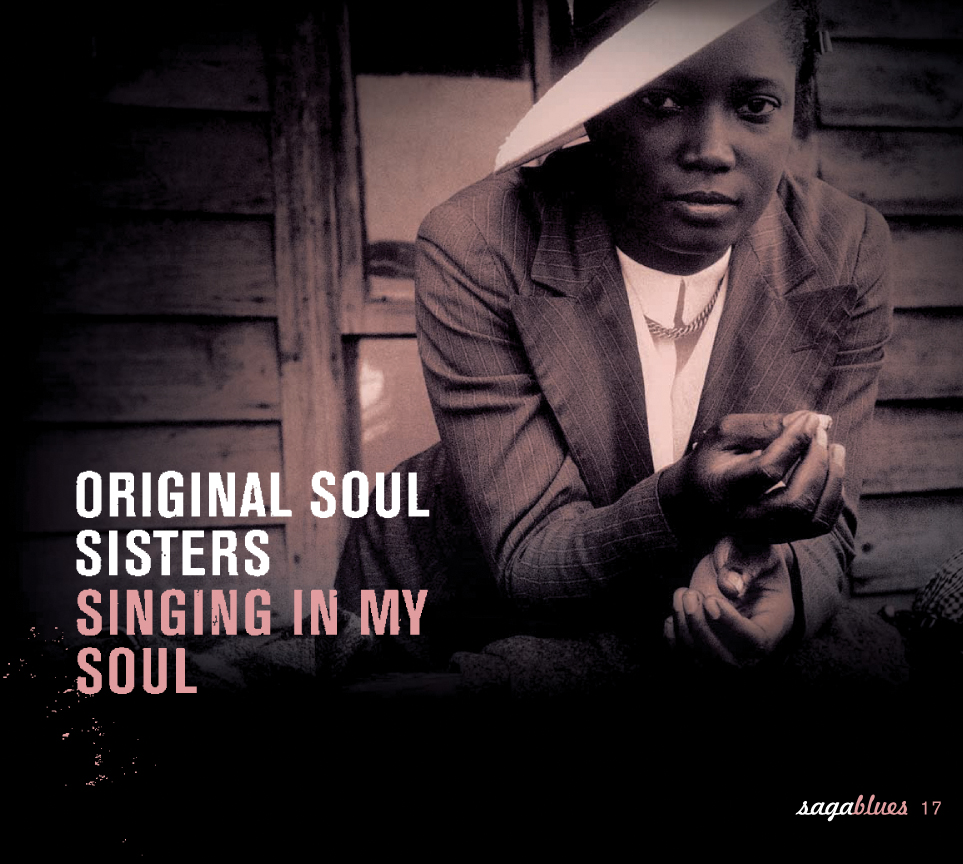
17 Original Soul Sisters – Singing in My Soul
Part I – 40’s Blues and Gospel from the Soul
Part II – 50’s Rhythm and Blues
The music called soulwas born out of a confrontation between the blues experience and the spirituality of gospel. But before Ray Charles and Sam Cooke became the genre’s official godfathers, female voices had already lit the fuse to reconciliation between the sacred and the profane. That gave us such sacred divas as Sister Rosetta Tharpe, Mahalia Jackson and Wynona Carr, whose influence over Aretha Franklin was decisive. In the world of song, two major trends accompanied this movement: propelled by big band swing, Nellie Lutcher and Ella Johnson, Julie Lee and Myra Taylor made similar experiments, whilst Dinah Washington, Big Mama Thornton, LaVern Baker, Ruth Brown and Little Esther Phillips gave a quasi-mystic colour to their blues. Taking example from these exceptional singers, soul music would soon unveil all the diversity of its Black soul.
Selection: Sebastian Danchin
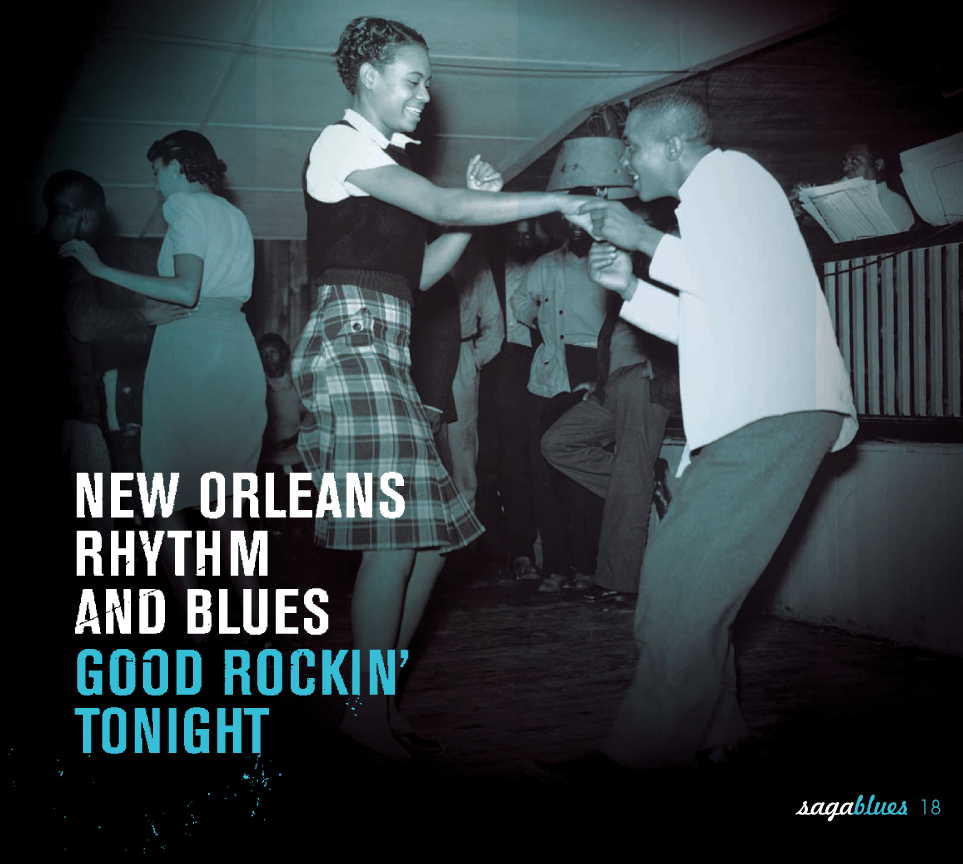
18 New Orleans Rhythm & Blues – Good Rockin’ Tonight
Part I – Singers, Piano Professors & Horn Blowers
Part II – Rhythm and Blues Hits
Half a century after holding jazz over the baptismal font, New Orleans breathed new life into Black popular music when the time came for rhythm & blues. In the wake of the great pianists – from a city whose culture was decidedly rainbow-coloured (Professor Longhair, Archibald, Champion Jack Dupree) –, a new generation of singers appeared post-war and tackled a conjugation of swing and blues with incomparable verve. Along with Fats Domino, who was the figurehead of the new wave, a multitude of creators came to light: shouter Roy Brown, bandleaders Dave Bartholomew and Paul Gayten, crooner Larry Darnell, adolescent duo Shirley & Lee, not to mention Guitar Slim, a flamboyant guitarist capable of electrifying the crowds whose first recordings were made with Ray Charles.
Selection: Sebastian Danchin
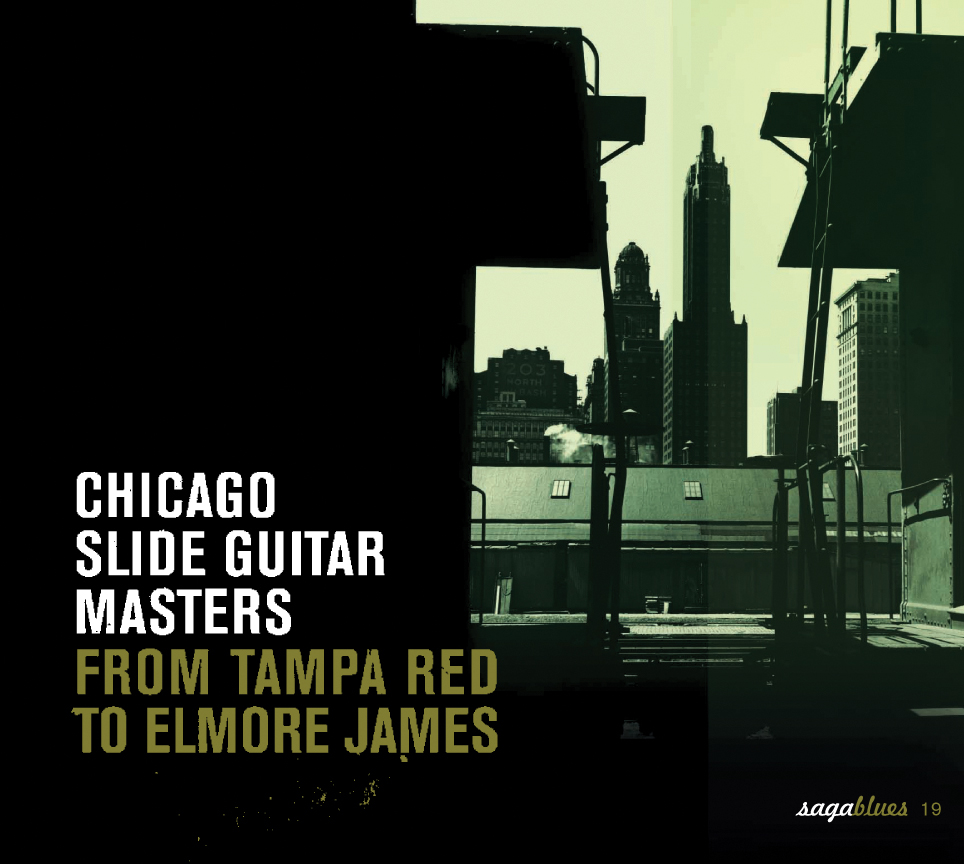
19 Chicago Slide Guitar Masters – From Tampa Red to Elmore James
Part I – Prewar Chicago Slide Guitar
Part II – Postwar Chicago Slide Guitar
Playing a guitar with the aid of a bottleneck (or slide) is one of the blues’ essential traits. In Chicago, this style inspired by the great Hawaiian guitarists was dominated head and shoulders by Tampa Red (nicknamed “The Guitar Wizard”). His popular success was considerable for over three decades, and his velvet touch, evocative and languid, influenced slide guitarists (who all more or less emulated him), from Robert Nighthawk to Muddy Waters. One of them, Elmore James, would develop this style even further and, in turn, become a model for many musicians in both blues and rock.
Selection: Gérard Herzhaft
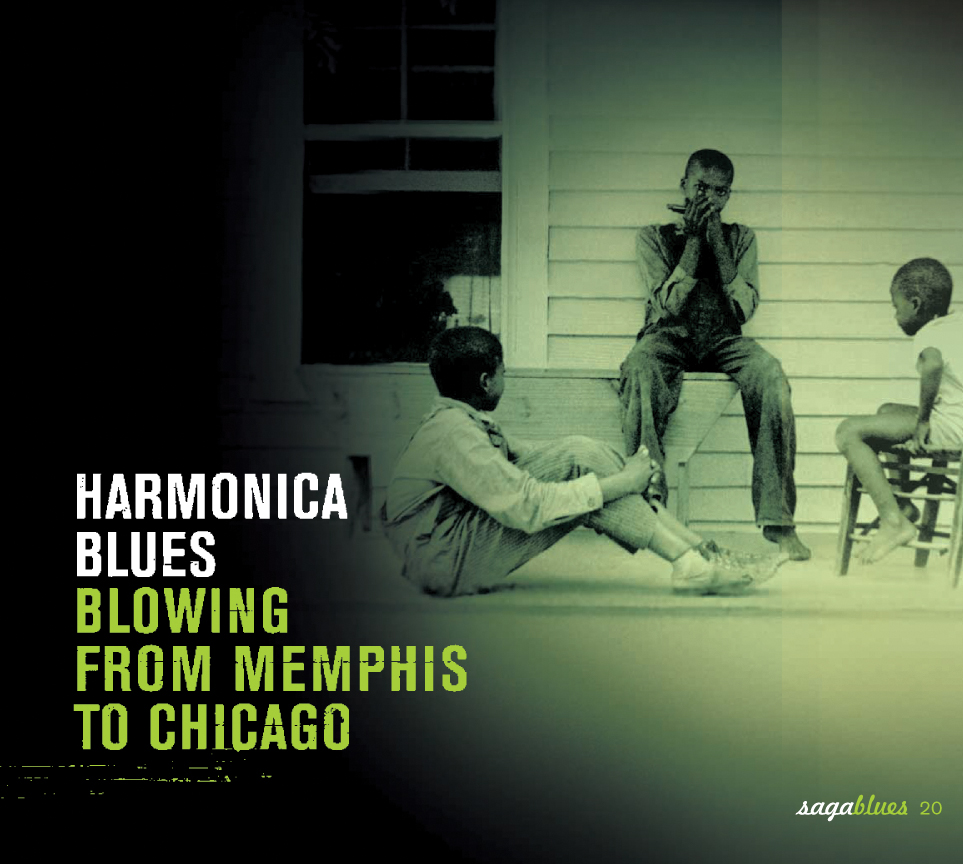
20 Harmonica Blues – Blowing from Memphis to Chicago
Part I – From Memphis…
Part II – …to Chicago
Long considered as either a quirky toy or joke instrument, the little harmonica became great and acquired a musical dimension no-one could have foreseen. To do so it had to fall into the hands of bluesmen, who would extract from it sounds that were unheard-of, heart-rending, colourful and expressive. A royal road was traced from Memphis to Chicago, and our guides are the virtuosos and creators who feature some of the blues’ most illustrious exponents. We can follow their fingers covering every little hole every which way as they bring out some of the most beautiful popular music ever. Without the harmonica the blues wouldn’t be what it is; and despite the guitar, nor would it ring the way it does in our ears and hearts.
Selection: Jean Buzelin
